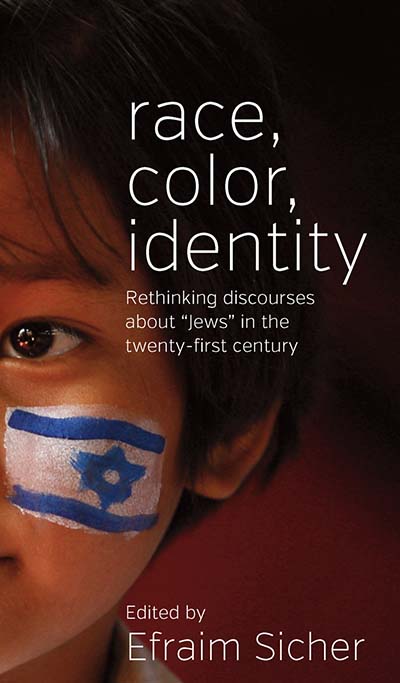Las Tejanas: 300 Years of HistoryPosted in Anthropology, Books, History, Media Archive, Monographs, Politics/Public Policy, Religion, Texas, United States, Women on 2013-09-15 20:08Z by Steven |
Las Tejanas: 300 Years of History
University of Texas Press
2003
456 pages
6 1/8 x 9 1/4
142 illustrations, 3 tables
Paperback ISBN: 978-0-292-70527
Ruthe Winegarten (1929-2004)
Awards
- 2004 T.R. Fehrenbach Award; Texas Historical Commission
- Texas Reference Source Award; Reference Round Table, Texas Library Association
This groundbreaking book is at once a general history and a celebration of Tejanas’ contributions to Texas over three centuries
Since the early 1700s, women of Spanish/Mexican origin or descent have played a central, if often unacknowledged, role in Texas history. Tejanas have been community builders, political and religious leaders, founders of organizations, committed trade unionists, innovative educators, astute businesswomen, experienced professionals, and highly original artists. Giving their achievements the recognition they have long deserved, this groundbreaking book is at once a general history and a celebration of Tejanas’ contributions to Texas over three centuries.
The authors have gathered and distilled a wide range of information to create this important resource. They offer one of the first detailed accounts of Tejanas’ lives in the colonial period and from the Republic of Texas up to 1900. Drawing on the fuller documentation that exists for the twentieth century, they also examine many aspects of the modern Tejana experience, including Tejanas’ contributions to education, business and the professions, faith and community, politics, and the arts. A large selection of photographs, a historical timeline, and profiles of fifty notable Tejanas complete the volume and assure its usefulness for a broad general audience, as well as for educators and historians.
Contents
- Foreword by Cynthia E. Orozco
- Acknowledgments
- Introduction
- Chapter 1: Native Women, Mestizas, and Colonists
- Chapter 2: The Status of Women in the Colonial Period
- Chapter 3: From the Republic of Texas to 1900
- Chapter 4: Revolution, Racism, and Resistance: 1900-1940
- Chapter 5: Life in Rural Texas: 1900-1940
- Chapter 6: Life in Urban Texas: 1900-1940
- Chapter 7: Education: Learning, Teaching, Leading
- Chapter 8: Entering Business and the Professions
- Chapter 9: Faith and Community
- Chapter 10: Politics, the Chicano Movement, and Tejana Feminism
- Chapter 11: Winning and Holding Public Office
- Chapter 12: Arts and Culture Epilogue: Grinding Corn Fifty Notable Tejanas
- Time Line
- Notes
- Bibliography
- Index




